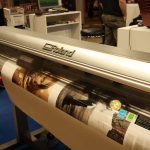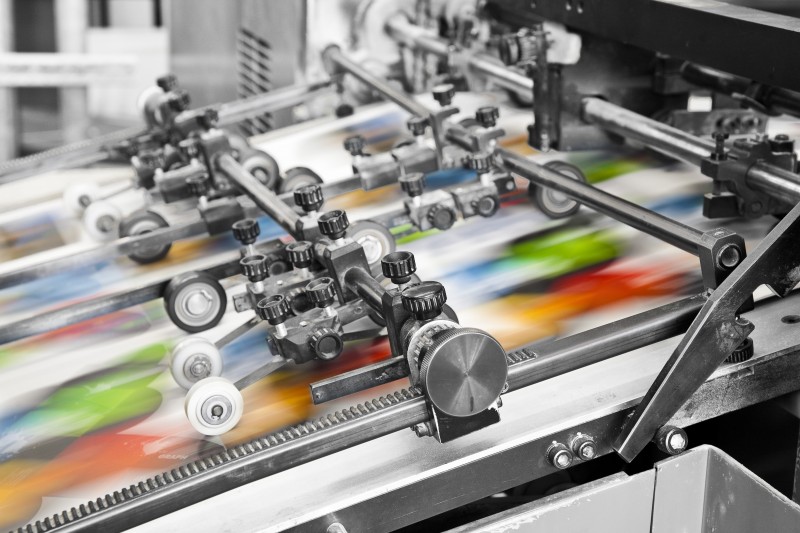The most expensive machine shop equipment down to less pricey hand tools such as calipers and gages, require routine maintenance and calibration. Measurements are only as good as the measuring tools. How does your quality control program measure up?
Routine must be Routine.
Routine maintenance requires, well, – a routine. A schedule of regular calibration must become a way of life for your company. The accuracy of all measuring equipment must be checked periodically, according to Patrick Nugent and George Schuetz of Quality Magazine.
Everyone must be involved.
In a machine shop quality products create a quality reputation. Everyone needs to be concerned about the little details. Care must be taken when measuring tools are taken from the floor as well as brought back. In either direction these tools are precision measuring devices. A safe policy is to limit the handling, packaging and transporting of these tools to one or only a few specially trained individuals.
In-House or Contracted.
The small shop can calibrate hand tools and gages in-house if they have a good set of gage blocks – dimensional standards. Manufacturers will normally specify the testing criteria and regular interval. Whatever the gage or device needing calibration the process is the same. Starting with a calibration standard using a certified set of gage blocks. There are inexpensive sets of certified gage blocks available. Large or medium sized company may decide to employ a contracted calibration company rather than doing it in-house.
Documentation.
Documentation is vital in any quality control program and should include the tools used in calibration; how and where conducted; the criteria used and who performed and witnessed the test. A general visual inspection should also be included. A label or marking system on the device should be employed using a unique tracking number.
How does your quality control program for your measuring tools measure up?







